Aluminum mechanical polishing and chemical polishing pros and cons
Aluminum mechanical polishing and chemical polishing pros and cons
We all know that aluminum profile polishing is mainly mechanical polishing and chemical polishing, while chemical polishing is divided into electrochemical polishing and chemical polishing.
These three polishing processes are widely used in production.
Mechanical polishing is the application of physical methods for the processing of the workpiece, such as aluminum profile polishing machine, aluminum profile buffing machine, etc.
Chemical polishing is the process of smoothing surfaces with a combination of chemicals.
It can be thought of as a hybrid of chemical etching.
During chemical polishing, the effect of solution and galvanic couples on metal and its surface causes the formation of a passivation layer.
The direct result of chemical polishing is microroughness smoothing and polish formation along with the parallel dissolution of an upper layer.
Polish enhancement is connected with the prevention of metal etching, resulting from the formation of a passivating film on a metal surface.
However, electrochemical polishing leads to better polish rates, as opposed to chemical ones.
Mechanical polishing
Mechanical polishing is generally the operation of pressing a workpiece onto a rotating cloth or cotton wheel or other elastic wheels with the polishing wax.
The essence is to use a polishing wheel to smooth the extremely uneven surface on the surface after polishing.
The aluminum profile can be mechanically polished to obtain a mirror-look-like surface, and its brightness varies with the polishing wax used.
The appearance depends on the operator’s technology and experience.
Electrochemical polishing
Electropolishing is the process of using the workpiece as an anode during the electrolysis process.
The dissolution rate is higher than that of the low recess.
As the polishing progresses, the microscopic and macroscopic concave and convex portions of the surface of the workpiece are leveled.
This process can improve the microscopic geometry of the metal surface and reduce the microscopic roughness of the metal surface. The aluminum profile surface will be brighter after this process.
Electrolytic polishing is an electrochemical dissolution process that has no mechanical force and thus does not cause surface deformation of the metal and avoids a deformation layer generated on the surface of the sample during mechanical polishing, thereby truly displaying the metallographic structure.
Electropolishing requires low polishing of the sample (usually smoothed with 800 water sandpaper), and the polishing speed is fast and the efficiency is high.
Electrolytic polishing is suitable for non-ferrous metals and other low-temperature single-phase alloys, such as aluminum alloys, austenitic stainless steels, and high-manganese steels.
However, electrolytic polishing is not suitable for metallographic samples of non-metallic inclusions of metals and metal substrates with uneven chemical composition and microsegregation.
It is also not suitable for electrolytic polishing with samples embedded in plastics because electrolytic polishing causes local corrosion seriously.
Chemical polishing
Chemical polishing can be used in the instruments manufacture, mirror look-like aluminum profiles and other parts coating decorating process.
Compared with electrolytic polishing, the advantages of chemical polishing is as follows:
No need for additional power supplies, can be used to process more complex parts and high production efficiency.
However, the surface quality of chemical polishing is generally slightly lower than that of electrolytic polishing.
It is also difficult to adjust and regenerate the solution, and harmful gases such as nitrogen oxides are often precipitated during the polishing process.
In fact, the current technology has also been solved for this problem. There are polishing reagents such as smokeless two-acid chemical polishing and high-gloss brightener, which do not contain nitric acid and will not produce harmful yellow smoke in the production.
In the electropolishing process, unlike the chemical polishing method using ht431 smokeless two-acid chemical polishing and high-gloss brightener, it is the surface of the workpiece treated by the electrode reaction.
The surface of the anode forms a thick mucous membrane with high resistivity.
The thickness of the microscopically convex portion of the mucosa on the surface is small, and the thickness is large at the microscopic recess. Therefore, the microscopic distribution of current density is also uneven.
Brightstar Aluminum Machinery offers aluminum profiles polishing machine and polishing solution for our customers to get mirror-look like surface.
Contact us now to obtain a reliable no-obligation quote on your aluminum profiles polishing solution!

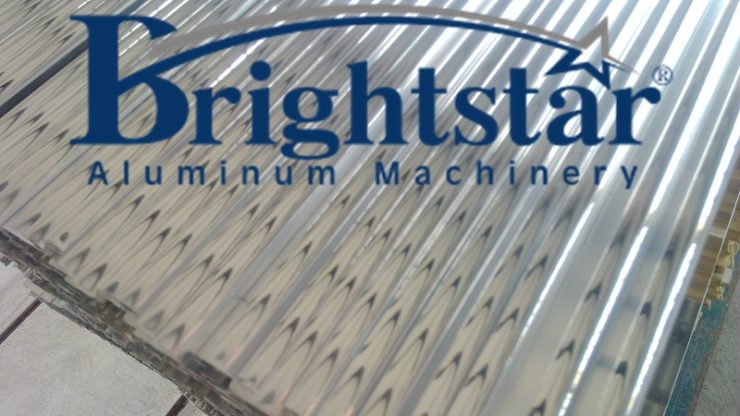
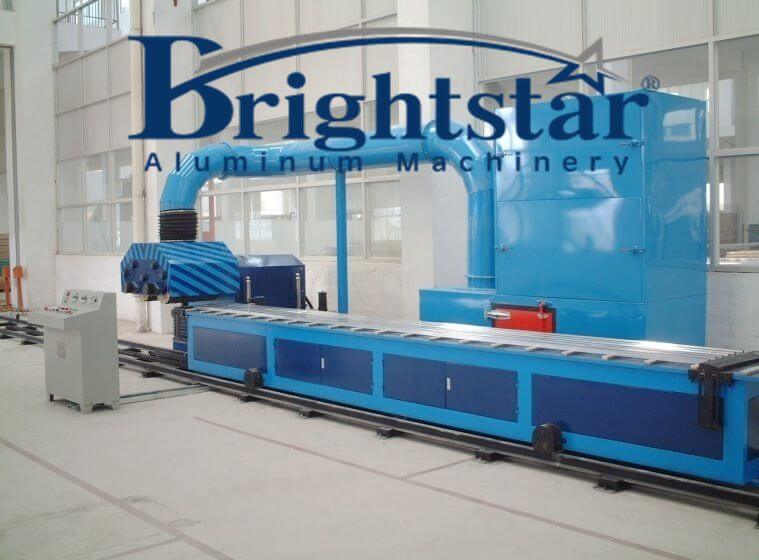
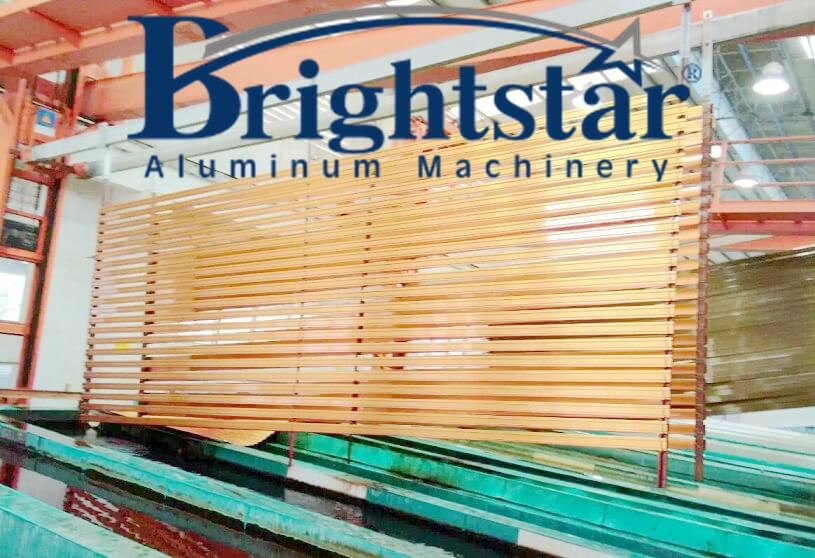
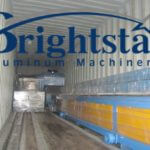
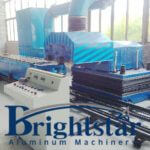
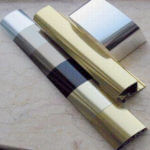


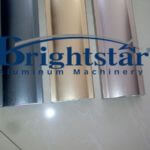



Comment *
We would like to get an offer for aluminum profile polishing / buffing machine. Our requirement is to polish profile on both sides flat profile as well as round profile too.
Dear Sir
Thank you for your kind comment
The general information and quotation were sent by email.
Best regards
Brightstar Aluminum Machinery
Comment *Thank you for sharing with us the different types of polishing that can be done for aluminum. Now I know that those mirror look-like aluminum profiles are done from chemical polishing! My husband and I were just talking about polishing metals the other day. He will definitely be interested to know more about the different polishing methods available in the industry for aluminum.
Thank you very much for your comment. We are glad that it can be of any help.